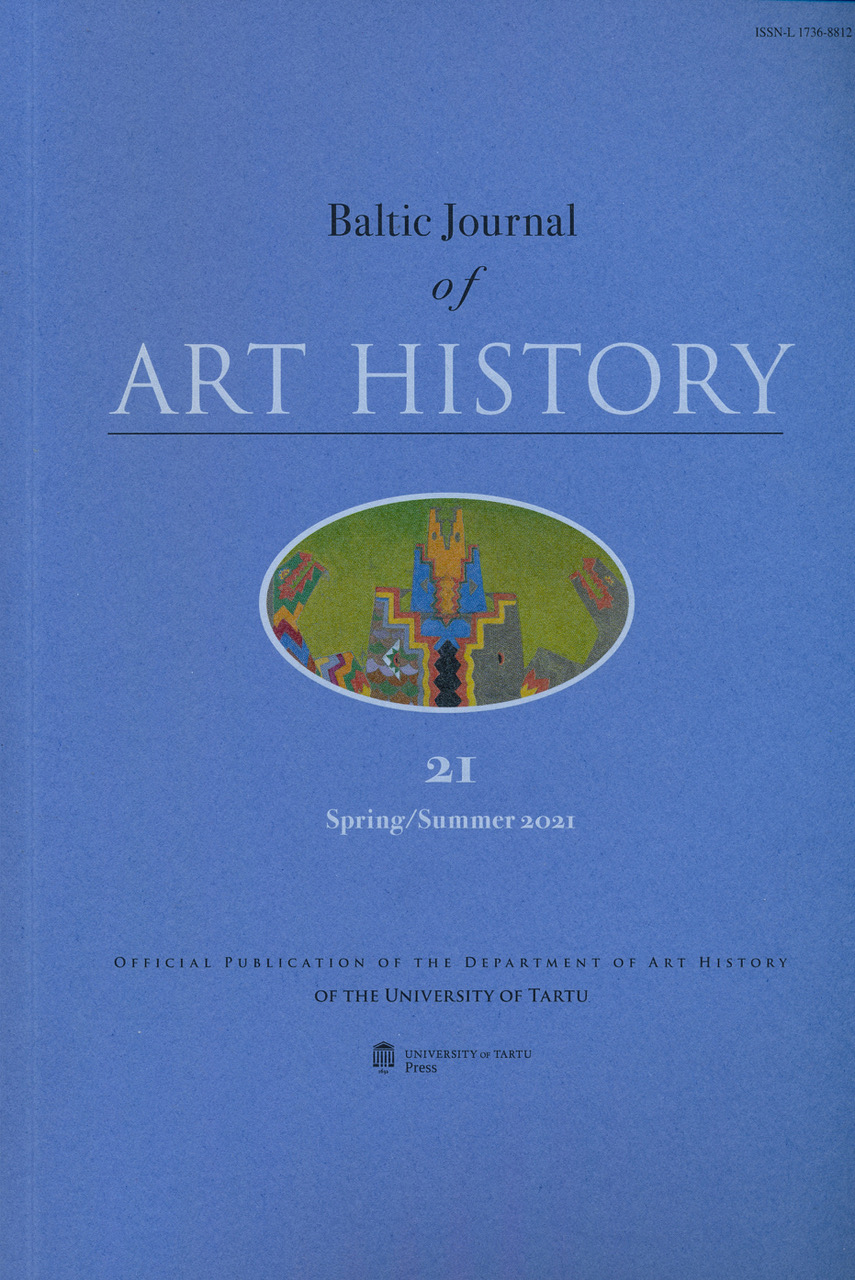Colour in Church Interiors, Medieval and Beyond
DOI:
https://doi.org/10.12697/BJAH.2021.21.03Keywords:
medieval wall paintings, church interiors, post-Reformation church decoration, medieval LivoniaAbstract
Recent studies of churches of medieval origin in Estonia have shown
that these edifices have long histories of polychrome decoration
both before and after the Reformation. In this article, some aspects
of these colour schemes are discussed. Firstly, the question of the
decoration and redecoration of interiors during the Middle Ages is
addressed, secondly the authorship and technique of vernacularlooking
murals is discussed, and thirdly the geographical spread
of these decorations is analysed. In addition, post-medieval murals
are also examined.
This article is based on fieldwork in Estonian medieval churches
conducted over a period of fifteen years by the staff and students
of the Department of Conservation and Cultural Heritage at the
Estonian Academy of Arts. Here mainly the results of work in the
churches at Koeru, Keila and Järva-Jaani is presented. Some other
churches are also discussed for comparison.
So far, medieval painted decoration has been found in around
25 church interiors on the territory of present-day Estonia, i.e. in
roughly a quarter of the medieval churches. Although the number
is not large, the finds allow us to draw some conclusions regarding
the spread of and networks behind these paintings.
We can claim that as elsewhere in medieval (northern) Europe,
medieval church interiors included at least some kind of painted
decoration. It seems likely that the first (and possibly in many cases
the only) colour scheme was provided by the builders. Especially
in rural parishes, where no specialised guilds existed, it might
have been difficult to employ professional painters, although not
impossible. Almost certainly the decoration was applied at the time
of plastering, when the mortar had not yet set and the scaffolding
was still available.
Historical records, surviving artworks and investigated interiors
demonstrate that after the Reformation the Lutherans were less radical in transforming churches than were other Protestants: several
Catholic altar retables and statues were preserved, side altars were
not removed, etc. The churches were usually decorated with new,
more modern murals and only whitewashed in many cases several
centuries later.
Gradually, church interiors became more monochrome, although
not necessarily white, something that has been associated with the
spread of Pietistic ideas in the Lutheran church. However, the late 19th
century brought a revival of colour to at least some churches. These
colourful, mainly Gothic revival interiors survived for only a short
time and disappeared again when they were painted over everywhere.
For example, in St Lawrence’s in Kuusalu, wall paintings dating from
the period of the Gothic revival renovation of the medieval church
(1899) were found and uncovered in 2021.

